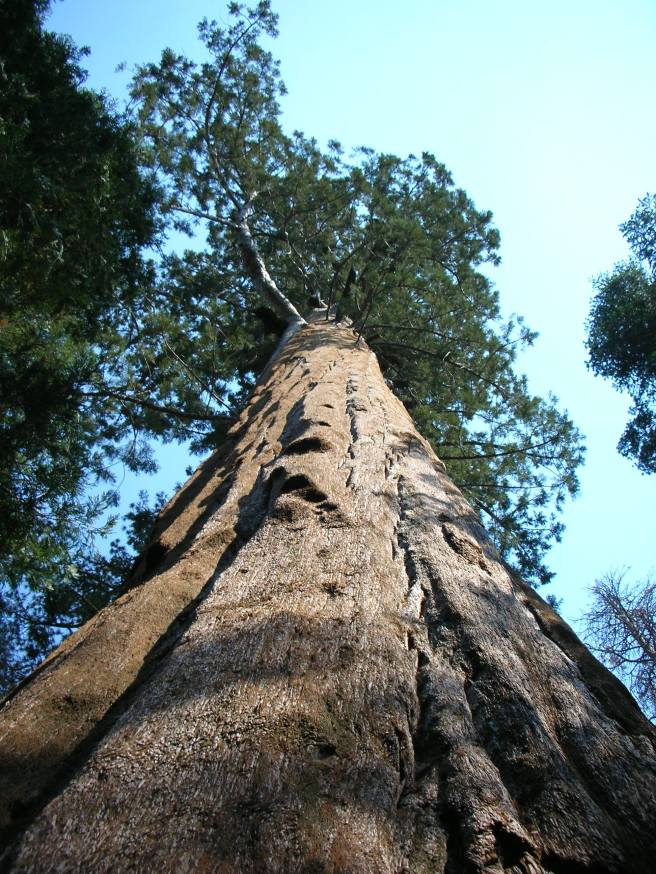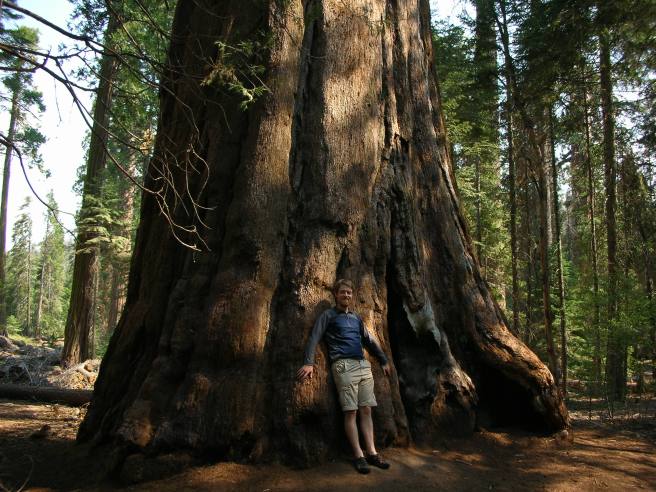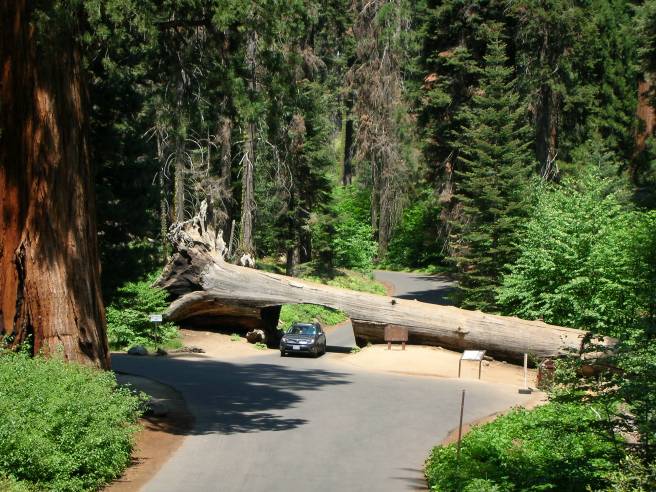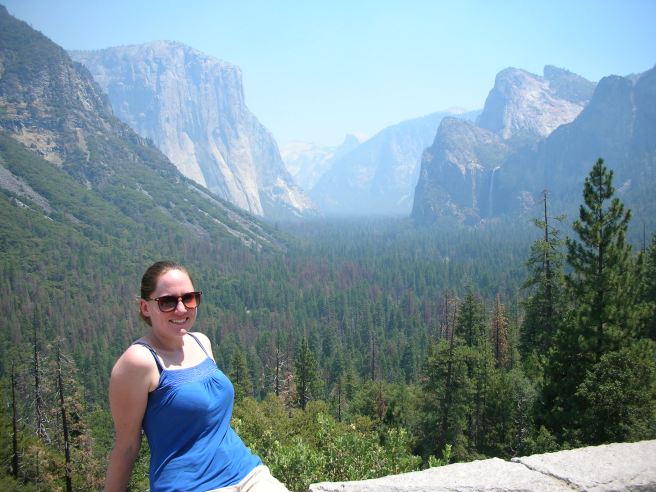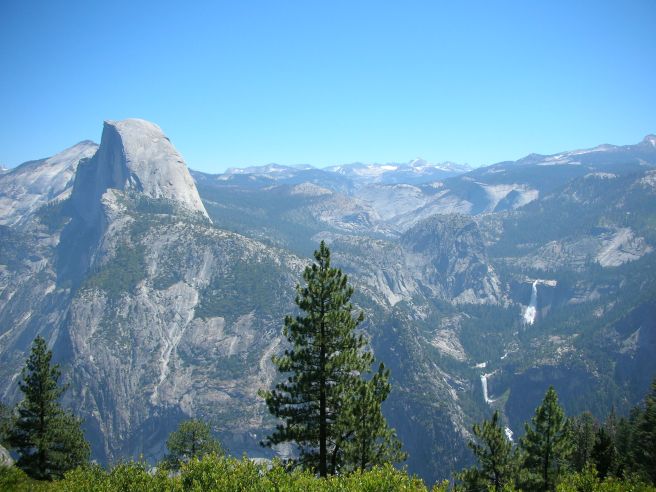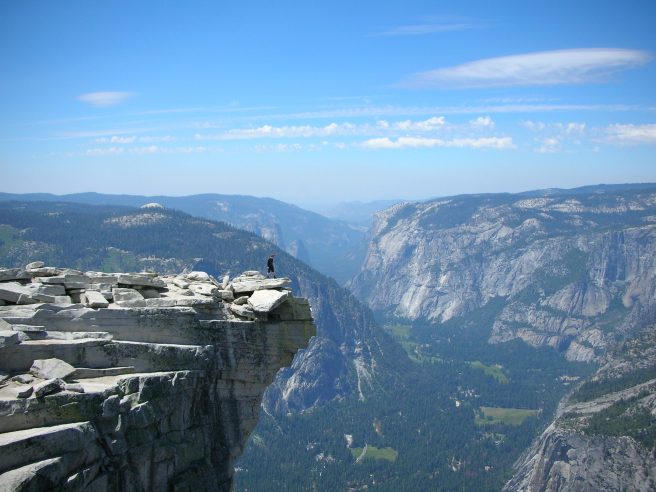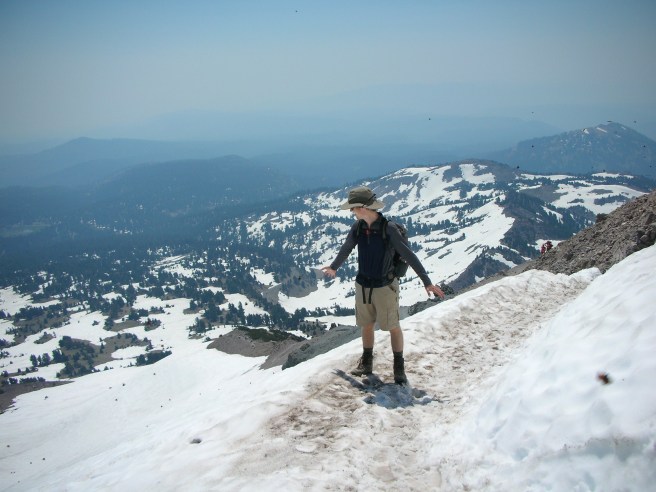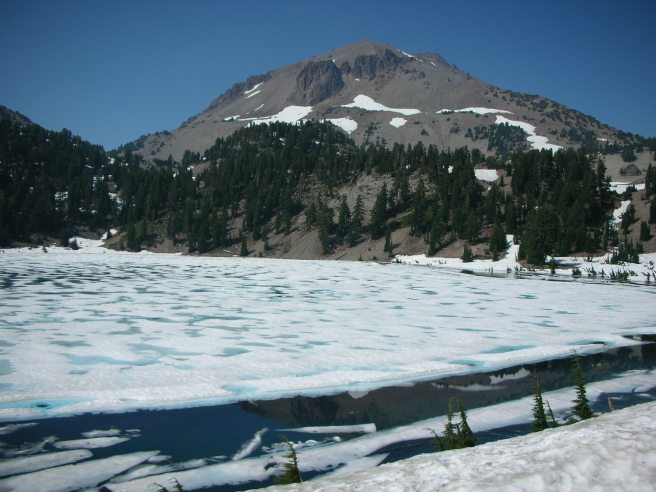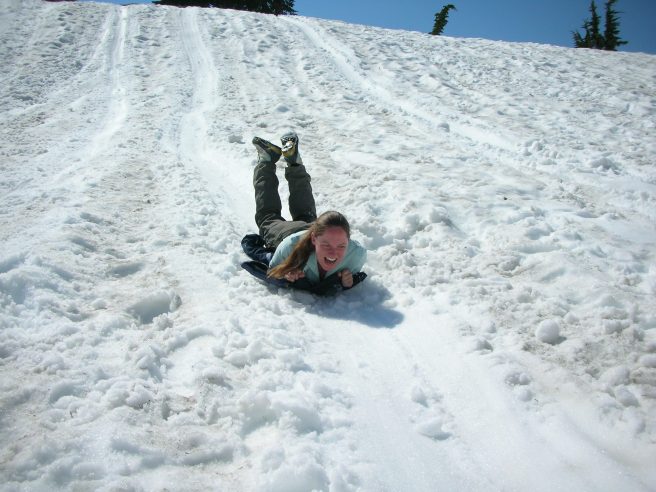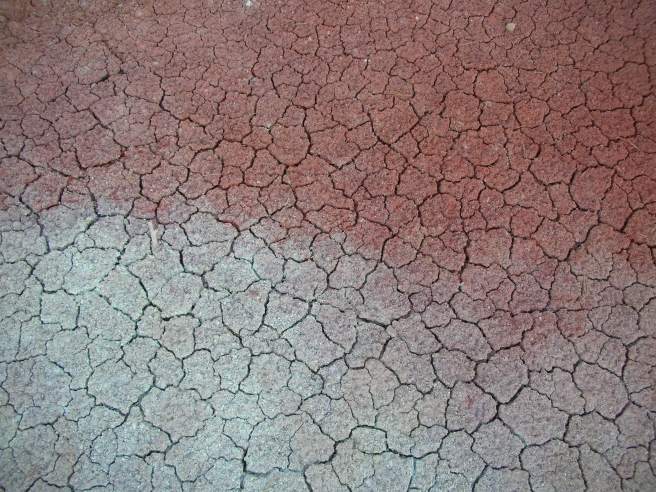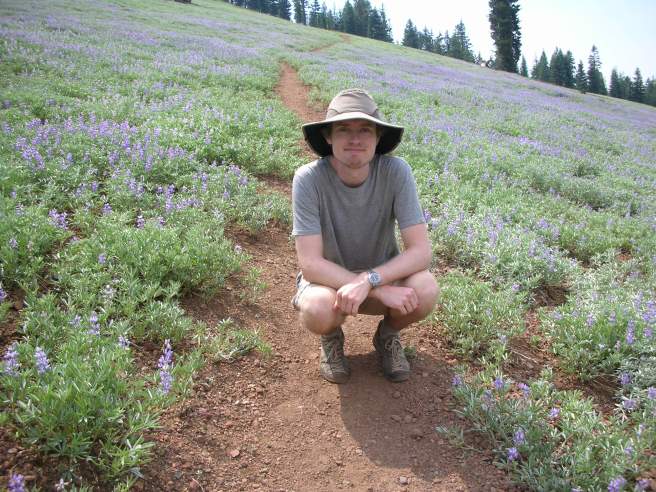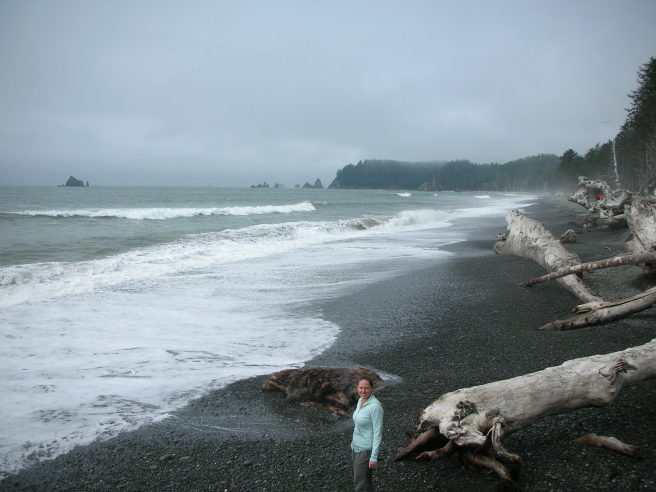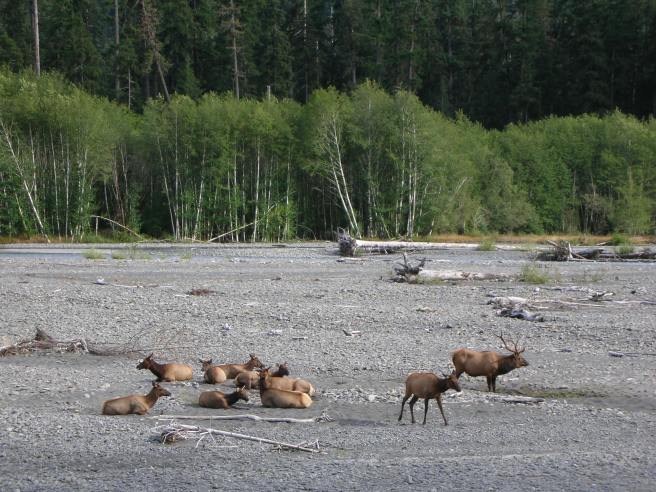Antarctica. The first thing we booked, almost the last thing in our trip, definitely the most expensive place we’ve ever visited and without a doubt worth every penny. Antarctica is unlike anywhere else on Earth – there is no government, no infrastructure, no hotels, no hospitals, just a continent which is 98% covered in snow and ice and the rest is bare jagged rocky mountains where the snow can’t settle. In the rest of this blog we hope to persuade you that Antarctica is interesting, beautiful and worth visiting, but before getting stuck into pictures of cute penguins we do not expect that Antarctica is that familiar to everyone, so we’ll give a bit of background.
First things first, before anyone asks about polar bears… they are only found in the Arctic. Antarctica is penguin-land.
It is worthwhile mentioning the importance of climate change on Antarctica and how it will impact the rest of the world:
Firstly, climate change is warming and thus melting the Antarctic ice, which sits on land unlike its Arctic counterpart. Therefore, as it melts, it flows into the ocean and raises the sea level. If it all melted, this would raise sea levels by a whopping 76 meters globally, which would obviously have horrific consequences. 70 meters worth of this water is held in the larger East Antarctic ice sheet which is currently thought to be relatively stable, but the remaining 6 meters is in the West Antarctic ice sheet which is melting fast. The impacts of such a sea level rise would ruin many coastal cities and communities worldwide.
Secondly, the polar regions drive the ocean currents. As the surface of the sea freezes in the winter, the salt from the water is pushed out, making the rest of the water more salty and thus more heavy. This then sinks into the ocean depths, driving ocean currents such as the Gulf Steam – which ensures that the UK enjoys a temperate climate rather than being considerably colder. Less sea ice will alter this system, and the consequences are unlikely to be favourable.
Thirdly, Antarctica has a huge amount of fauna living in the sea and almost all of this depends on a very simple food pyramid, which is being undermined by climate change. Phytoplankton thrive in the mineral-rich waters of the Southern Ocean, and these support krill – small shrimp-like creatures that are eaten directly by penguins, whales and seals alike, and so the krill support basically the entire food chain above them. The krill reproduce on the bottom of the sea ice, and as the amount of sea ice has reduced due to climate change the krill has reduced by about 80%. This will clearly impact the rest of the marine life.
So it may be thousands of miles away, but this elusive continent will probably be hitting headlines for decades to come, and probably for all the wrong reasons.
So how does tourism work?
Tourist travel to Antarctica is exclusively by cruise boat, unless you have a budget extending well into the tens of thousands of pounds in which case there are options to fly into the interior. Your boat is your home, your restaurant, your only bathroom, your nearest medical care for three days and your only pub. It is therefore important to choose your boat correctly.
We travelled on the “Plancius” with Oceanwide Expeditions, and the best thing about this is that it is a medium sized boat, only holding about 115 tourists. This is very important because tourism in Antarctica is regulated and at the majority of landing sites only 100 people can go ashore at one time. Considering that about 15 passengers will be kayaking at each landing site (and therefore do not form part of that 100 people) this meant that everyone on our boat could go ashore in one go if they wanted to. Many other boats have 200 passengers on board, meaning that landings take twice as long and you only get to see half as much. But you probably don’t want to be on a little boat either. The smaller your boat, the more it is thrown around by the waves of the infamous Drake Passage – home to some of the largest ocean waves in the world. Saying that, the smaller boats give you the option to book onto a specialist cruise, such as one that spends all the time mountaineering, and that may be more important to you than feeling queasy!
You can also pay lots more to travel on a luxury cruise, but the idea of paying lots more to have to do silly things like dress up for dinner didn’t appeal to us. The final consideration for boat choice is the activities. The default thing to do in Antarctica is to anchor the boat and put people on small motorised inflatable “zodiac” boats to ferry people to the shore for a few hours to look at wildlife or historical huts. Aside from this, the other main tourist activities are kayaking, mountaineering, camping and in some cases ice diving. It is common to have to pay around $800 USD extra to do one of these activities, so the bill for active people can quickly add up. Instead of this, we booked onto a different style of cruise called “basecamp” where everyone would get to do each activity once for free, so long as the weather allowed for it anyway! Apart from saving a lot of money, it gave us more variety which was nice. We also stayed in separate dorm cabins on board as a way to keep the costs down!
In case anyone is thinking of doing a last-minute cruise with the hope of saving a lot of money, it seems that this option is not really viable anymore during peak season (late Dec to the end of Jan). Demand has massively outstripped supply and so at the time we departed there were only a few single spaces available on the odd boat here and there, and not at a huge discount. Still, it may work out well for solo travellers with a very flexible itinerary.
That’s quite enough background… time for some photos!
Our boat is the middle one in the picture below, where you see that it is mid-sized relative to the National Geographic’s Orion behind it.
The first thing we did on board was to learn how to muster and abandon ship – which made us feel somewhat apprehensive about the Drake Passage ahead of us. But the first bit of sailing was along the Beagle Channel, a calm and scenic ride with the mountains of Argentina on the left and the mountains of Chile on the right.
We are pleased to not be able to show you a photo of waves washing over the deck of the ship – Mother Nature was kind to us and only gave us a light shakedown on the route over. Still, eating was interesting for those two days with drinks, food and even chairs tipping over! We recommend sea sickness tablets! They also shut all the decks for over a day due to the spray that reached the top deck of the boat (deck 7) so we definitely had cabin fever when we finally crossed into Antarctic waters and could go out on deck to see our first ice bergs!
We didn’t get any lie-in after new year, as a pod of humpback whales was feeding near the ship early in the morning so we all rushed out in various combinations of pyjamas and down jackets to look:

We saw so many penguins, even on our first morning (our ship is in the background of the second picture):
 You can’t walk closer than 5m to them, but nobody told the penguins this so they can walk right up to you if they want to:
You can’t walk closer than 5m to them, but nobody told the penguins this so they can walk right up to you if they want to:
Walking like a penguin is easy. Just waddle along with your knees always straight, your arms out behind you like you believe you’re an aeroplane and fall flat on your face every ten steps because you are so poorly-coordinated. It’s tirelessly cute and hilarious to watch.
Spot the humpback whale in the foreground!
At some of the landing sites we did some snowshoeing which was new to both of us and good fun. Not as fun as sliding back down the hill after though!


Perhaps the coldest part of our trip was the Polar Plunge, which at about -1 Celsius was something of a rite-of-passage not to be missed (side note for the Ellistons – it was even colder than The Moorings!):

We camped out on Antarctica one night in sleeping bags and waterproof bivvy bags, which we laid in ice-graves that we dug into the snow – no tent! Our campsite was shared with some crab-eater seals and a few curious penguins:

After a sound five hours of sleep out on the ice we were straight on the water to do our kayaking which was good fun!
At some of the landing sites you can see the evidence of whaling in the days when industry was allowed:
We visited Port Lockroy, a British research base that is manned during the summer (presently by four ladies) and includes what is certainly the most remote post-office we’ve ever visited!
 The penguins here were so used to people that they had nested right up to the post-office door, allowing us to get close enough to see their little chicks between their legs:
The penguins here were so used to people that they had nested right up to the post-office door, allowing us to get close enough to see their little chicks between their legs:
More snowshoeing… … and more sliding back down…
… and more sliding back down…
To give an idea of the scale of Antarctica, we only visited the Peninsula which sticks out from the main continent. It was a fair way from there to the South Pole:
We saw some awesome glaciers where they meet the water with skyscraper-sized pieces of ice arranged precariously and just waiting to fall at any moment:
Penguins were not the only birds we saw. There were the massive albatrosses on the Drake passage, various other birds that we don’t know the names of and this cormorant:
We had good weather on average, but not every day: Still, we didn’t let that stop us from enjoying the view and seeing seals from the boat!
Still, we didn’t let that stop us from enjoying the view and seeing seals from the boat!


We did some cruising around an “iceberg nursery” with colossal towers of ice peering eerily from the misty snowy clouds, whilst we listened to the guides on the radio trying to figure out where in the grey mist our boat was located!
One of our more snowy landings was an opportunity to see a juvenile elephant seal that was snoozing in a cleft in the rock. These seals are the largest in the world, and an adult male can grow to around three tons! They smell and sound like bad plumbing.
There are multiple types of penguin in Antarctica. The biggest are the emperors, but you can’t find them on the Antarctic Peninsula, so we could not see them. Most landing sites are smothered in gentoo penguins, which are the ones we’ve put pictures of on this blog up to now. The gentoos have a varied diet which has benefited them as climate change has modified the ecosystem. Another type of penguin that calls the Antarctic Peninsula home is the Adélie penguin. Adélie’s are krill eaters, so the reduction in krill has hit these chaps hard and their numbers are dropping fast, with gentoos moving in to take over the vacant nesting sites. We did get to see some Adélies on one landing – they don’t have any coloured beak (unlike the gentoos) and they usually have their eyes wide open like they are permanently surprised. The picture below has both a gentoo and an Adélie front centre.
You can take the English out of England, but they will take tea with them.
We tried some arty shots, especially around sunset (you have to be quick as it only lasts about 4 hours…):




They’ll let any old idiot drive a cruise boat these days:
Finally, on our last full day we got to do the activity that we were most looking forward to: mountaineering! We were to climb Spigot Peak. The zodiac dropped us, we geared up in snowshoes, harnesses and then roped together in a line so that if someone slipped then the rest of us would prevent them falling too far. The peak is behind Zoë in the photo below (she’s also hiking in a T-shirt!). After an easy thirty minutes of snowshoeing we changed to crampons to hike the steeper section to reach the summit. It also gave us a chance to look at a colony of a different type of penguin: chinstrap penguins!
After an easy thirty minutes of snowshoeing we changed to crampons to hike the steeper section to reach the summit. It also gave us a chance to look at a colony of a different type of penguin: chinstrap penguins!

 Final approach to the summit, with Zoë second on the rope and Joe third.
Final approach to the summit, with Zoë second on the rope and Joe third. The summit was awesome!
The summit was awesome!

 We didn’t get to do any ice climbing in Antarctica, but we did get to pretend…
We didn’t get to do any ice climbing in Antarctica, but we did get to pretend…
During lunch later that day the loudspeaker announced that some orcas (killer whales) had been seen near the ship. Never had the restaurant emptied so fast. The orcas were hunting near the boat, and at one point surfaced right behind the ship. Our camera wasn’t up to the job of catching them, so thanks to Roger for sharing these awesome photos with us!
 Spy-hopping!
Spy-hopping!
Before we left Antarctica we visited some of the islands further north, starting with the South Shetland Islands. The really unusual thing we saw here was a leopard seal on the beach – the expedition leader said that they had only ever seen them in the water before. They eat penguins, so this gentoo was being rather brave: We waved goodbye to another juvenile elephant seal…
We waved goodbye to another juvenile elephant seal… … and a few thousand more penguins!
… and a few thousand more penguins!
Our last stop was Deception Island – the caldera of an active volcano. Our boat navigated through the small inlet channel to the lake inside the crater. We landed the zodiac at a steaming beach (though unfortunately the water was not exactly tropical…) and took our last opportunity to do a hike up a nearby peak.



The journey back was… easy! They call it the “Drake Lake” in these circumstances where you are lucky enough to avoid the waves. The captain could therefore keep the throttle max and we made the crossing much earlier than expected, giving us time to make a detour to visit Cape Horn – the infamous bottom edge of South America that has wrecked many a sailing boat in centuries past.
 The basement of the Glaciarium is an ice bar. Who was caught raiding the liquor bar?
The basement of the Glaciarium is an ice bar. Who was caught raiding the liquor bar?


 Next we boarded an inflatable speedboat and drove like there was no tomorrow up the river towards the park. We felt a tad windswept.
Next we boarded an inflatable speedboat and drove like there was no tomorrow up the river towards the park. We felt a tad windswept. We arrived to a lovely sunny afternoon, and decided not to waste the good weather and promptly headed up a nearby hill to enjoy the views of the range of Torres del Paine.
We arrived to a lovely sunny afternoon, and decided not to waste the good weather and promptly headed up a nearby hill to enjoy the views of the range of Torres del Paine. 



 This “four seasons in four minutes” type of weather did make many pretty rainbows too:
This “four seasons in four minutes” type of weather did make many pretty rainbows too:  Another famous feature of the park is the dark sedimentary rock sitting on top of the lighter plutonic rock:
Another famous feature of the park is the dark sedimentary rock sitting on top of the lighter plutonic rock:




 We also saw some avalanches on the other side of the valley which was very cool!
We also saw some avalanches on the other side of the valley which was very cool!
 The rest of the day was a lovely if long hike to our third refuge, Grande Paine, appropriately named since it was a grand pain trying to reserve two beds there.
The rest of the day was a lovely if long hike to our third refuge, Grande Paine, appropriately named since it was a grand pain trying to reserve two beds there. In case you don’t believe us about the weather being rather crazy, here is the official ranger weather forecast. Check out day 3.
In case you don’t believe us about the weather being rather crazy, here is the official ranger weather forecast. Check out day 3.











 We did one last hike in the park before leaving. It was so windy at the top that when we stopped and took the bag off we had to put it in a rock cleft and load rocks on top of it to stop it being blown away!
We did one last hike in the park before leaving. It was so windy at the top that when we stopped and took the bag off we had to put it in a rock cleft and load rocks on top of it to stop it being blown away!
 We also hiked to a nice viewpoint over Puerto Natales:
We also hiked to a nice viewpoint over Puerto Natales:








 At the time of our visit, the Perito Moreno glacier had extended to reach land on the near side of the lake, creating a temporary ice dam between the two sides of the lake.
At the time of our visit, the Perito Moreno glacier had extended to reach land on the near side of the lake, creating a temporary ice dam between the two sides of the lake.
 We had one more day around El Calafate to see more of the area, before finishing off with a lovely fondue complete with fresh vegetables (hard to come by on a restaurant menu in Patagonia!).
We had one more day around El Calafate to see more of the area, before finishing off with a lovely fondue complete with fresh vegetables (hard to come by on a restaurant menu in Patagonia!).















 The next part of the hike was very scenic, but also very tough clambering over boulders along the side of the mountain. It took us about 4 hours to cover 5km!
The next part of the hike was very scenic, but also very tough clambering over boulders along the side of the mountain. It took us about 4 hours to cover 5km!
 There was a wonderful hike up a steep ridge (a 1:2 gradient) at the base of Tronodor which gave great views of two different glaciers on either side of us.
There was a wonderful hike up a steep ridge (a 1:2 gradient) at the base of Tronodor which gave great views of two different glaciers on either side of us.
 Nearby was a cool glacier that starts of white, then tumbles over a large rock cliff and reforms at the bottom as a black glacier due to all the debris mixed in with the snow.
Nearby was a cool glacier that starts of white, then tumbles over a large rock cliff and reforms at the bottom as a black glacier due to all the debris mixed in with the snow.

















 You can’t walk closer than 5m to them, but nobody told the penguins this so they can walk right up to you if they want to:
You can’t walk closer than 5m to them, but nobody told the penguins this so they can walk right up to you if they want to:












 The penguins here were so used to people that they had nested right up to the post-office door, allowing us to get close enough to see their little chicks between their legs:
The penguins here were so used to people that they had nested right up to the post-office door, allowing us to get close enough to see their little chicks between their legs:
 … and more sliding back down…
… and more sliding back down…



 Still, we didn’t let that stop us from enjoying the view and seeing seals from the boat!
Still, we didn’t let that stop us from enjoying the view and seeing seals from the boat!












 After an easy thirty minutes of snowshoeing we changed to crampons to hike the steeper section to reach the summit. It also gave us a chance to look at a colony of a different type of penguin: chinstrap penguins!
After an easy thirty minutes of snowshoeing we changed to crampons to hike the steeper section to reach the summit. It also gave us a chance to look at a colony of a different type of penguin: chinstrap penguins!

 Final approach to the summit, with Zoë second on the rope and Joe third.
Final approach to the summit, with Zoë second on the rope and Joe third. The summit was awesome!
The summit was awesome!

 We didn’t get to do any ice climbing in Antarctica, but we did get to pretend…
We didn’t get to do any ice climbing in Antarctica, but we did get to pretend…

 Spy-hopping!
Spy-hopping!
 We waved goodbye to another juvenile elephant seal…
We waved goodbye to another juvenile elephant seal… … and a few thousand more penguins!
… and a few thousand more penguins!





































 We decided to bike the Death Road, which is now much safer since the majority of the vehicular traffic uses the new bitumen road instead.
We decided to bike the Death Road, which is now much safer since the majority of the vehicular traffic uses the new bitumen road instead. 



 The island itself is quiet, peaceful (there are no cars) and pretty.
The island itself is quiet, peaceful (there are no cars) and pretty.  We decided to go for a quick hike, and after only about 30 minutes encountered a house with a barrier. Apparently the locals had decided to close of about 85% of the island to tourists (Joe is pointing to the line that demarcates no-tourist-land). It was rather frustrating that this information was not available to us before we arrived on the island!
We decided to go for a quick hike, and after only about 30 minutes encountered a house with a barrier. Apparently the locals had decided to close of about 85% of the island to tourists (Joe is pointing to the line that demarcates no-tourist-land). It was rather frustrating that this information was not available to us before we arrived on the island!




















 Tours of the salt flats from Uyuni either end in Uyuni, or in San Pedro de Atacama in Chile. We did the latter. Our top tip is to do the trip from the Bolivian side rather than the Chilean side, as it is about twice the price to do it from Chile.
Tours of the salt flats from Uyuni either end in Uyuni, or in San Pedro de Atacama in Chile. We did the latter. Our top tip is to do the trip from the Bolivian side rather than the Chilean side, as it is about twice the price to do it from Chile.
 … something like ten species of monkey of which we saw about seven…
… something like ten species of monkey of which we saw about seven… … frogs that get everywhere…
… frogs that get everywhere… … a fungus that reproduces by turning bugs into zombies and then sprouting from the head of the dead bug…
… a fungus that reproduces by turning bugs into zombies and then sprouting from the head of the dead bug… … trees that can actually walk towards light in the canopy (!) …
… trees that can actually walk towards light in the canopy (!) … … a giant anaconda…
… a giant anaconda… … and pink river dolphins that we saw but proved too hard to catch on camera!
… and pink river dolphins that we saw but proved too hard to catch on camera!




 Isabella is home to vast numbers of marine iguanas. When they are not eating sea-algae they like to stare at the sun with their eyes closed:
Isabella is home to vast numbers of marine iguanas. When they are not eating sea-algae they like to stare at the sun with their eyes closed: There are also many white-tipped reef sharks (which are harmless):
There are also many white-tipped reef sharks (which are harmless): We had good fun swimming with a couple of sealions near Isabella, although it was first necessary to get past a blockage on the path:
We had good fun swimming with a couple of sealions near Isabella, although it was first necessary to get past a blockage on the path: Just beside the town was a waterhole that was popular with the local flamingos:
Just beside the town was a waterhole that was popular with the local flamingos: The Galapagos is famous for its giant tortoises, which were decimated by early explorers and the surviving species are being bred for re-introduction to the wild:
The Galapagos is famous for its giant tortoises, which were decimated by early explorers and the surviving species are being bred for re-introduction to the wild: And we just found Isabella to be generally laid back and good fun:
And we just found Isabella to be generally laid back and good fun: The islands are volcanic in origin, and Isabella has one volcano that is very easy to visit, so we did just that:
The islands are volcanic in origin, and Isabella has one volcano that is very easy to visit, so we did just that:


 … one of the prettiest invasive species of flower ever…
… one of the prettiest invasive species of flower ever… … lights at the harbour which were useful for both humans and pelicans to see the fish below…
… lights at the harbour which were useful for both humans and pelicans to see the fish below… … birds called “blue footed boobies”…
… birds called “blue footed boobies”… … and scenes that just don’t happen outside the Galapagos…
… and scenes that just don’t happen outside the Galapagos…

 Did you spot the sealion in the last picture?
Did you spot the sealion in the last picture? Banos is an activity town where we did some white water rafting, canyoning, a little hiking, and also just spent some time swinging around:
Banos is an activity town where we did some white water rafting, canyoning, a little hiking, and also just spent some time swinging around: They also have some waterfalls in Banos…
They also have some waterfalls in Banos… … white water rafting…
… white water rafting… … and paragliding!
… and paragliding!































































 Nearby is the Horseshoe Bend hike near Lake Powell, which is a short stroll to an entrenched river meander and definitely worth it!
Nearby is the Horseshoe Bend hike near Lake Powell, which is a short stroll to an entrenched river meander and definitely worth it!






























































































